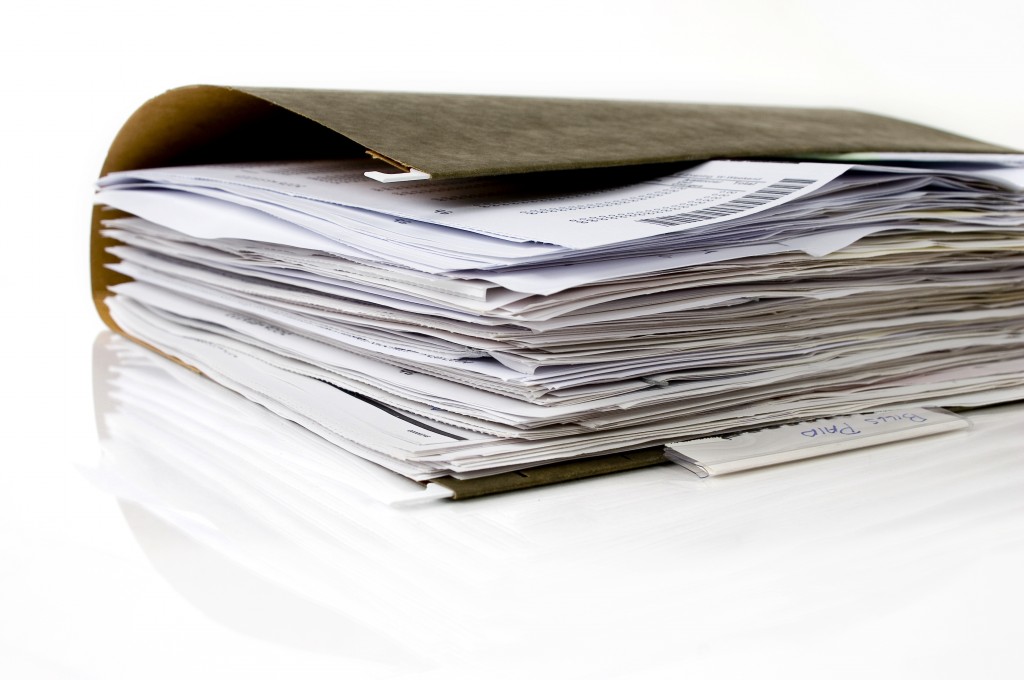Papers you’ll need to file taxes
Got investments in non-registered accounts? Hold off a few more days before filing
Advertisement
Got investments in non-registered accounts? Hold off a few more days before filing

Share this article Share on Facebook Share on Twitter Share on Linkedin Share on Reddit Share on Email